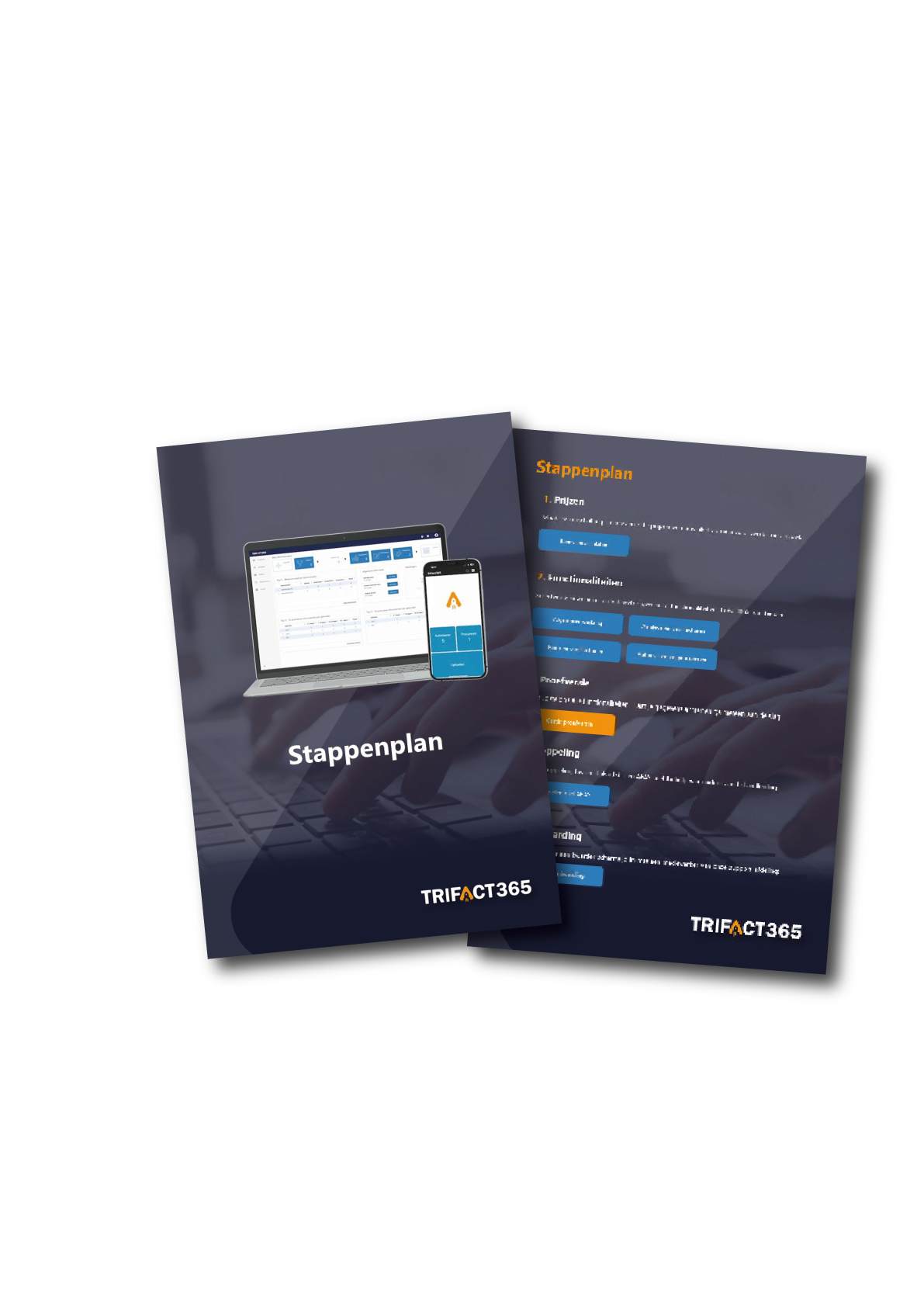Implementing digital invoice flows provides many benefits. For example, administration will not only become faster but also improve in quality. A lot of time will also be saved with digital invoice processing, allowing more time to be spent on matters of greater value to the accountant and the client. Furthermore, with digital invoice processing you will have anytime, anywhere access and your records will always be up-to-date.
It is now up to accountants to introduce end customers to scanning and recognition software. It is an illusion that this involves a long and complicated implementation process. We show in our white paper that with five simple steps, you can convince the client of the added value of scan and recognition software and thus optimally digitise the client’s invoice processing.

1. Convince the end customer
Most entrepreneurs are reluctant to deal with bookkeeping. Convince the end customer of the added value that digital invoice processing brings. This does not mean that immediately every customer has to get started.
2. Determine the ideal processing process
Sit down with the client and decide what the invoice processing process should look like. What will be the role of the end customer and your role as an accountant?
3. Link with the accounting package
After determining the ideal processing process, you can start setting it up. Start by linking to the accounting package. With online accounting packages such as Exact Online or Visma eAccounting, this is often done within minutes.
4. Digitise the invoice flow
Make sure you digitise all paper invoices. Use a mobile app to scan receipts and scan digital invoices in bulk.
5. Automate the invoice flow
After digitising, you can start automating the invoice flow. Consider automatic e-mail delivery and approval workflows.
Read more about all document flows in TriFact365.


